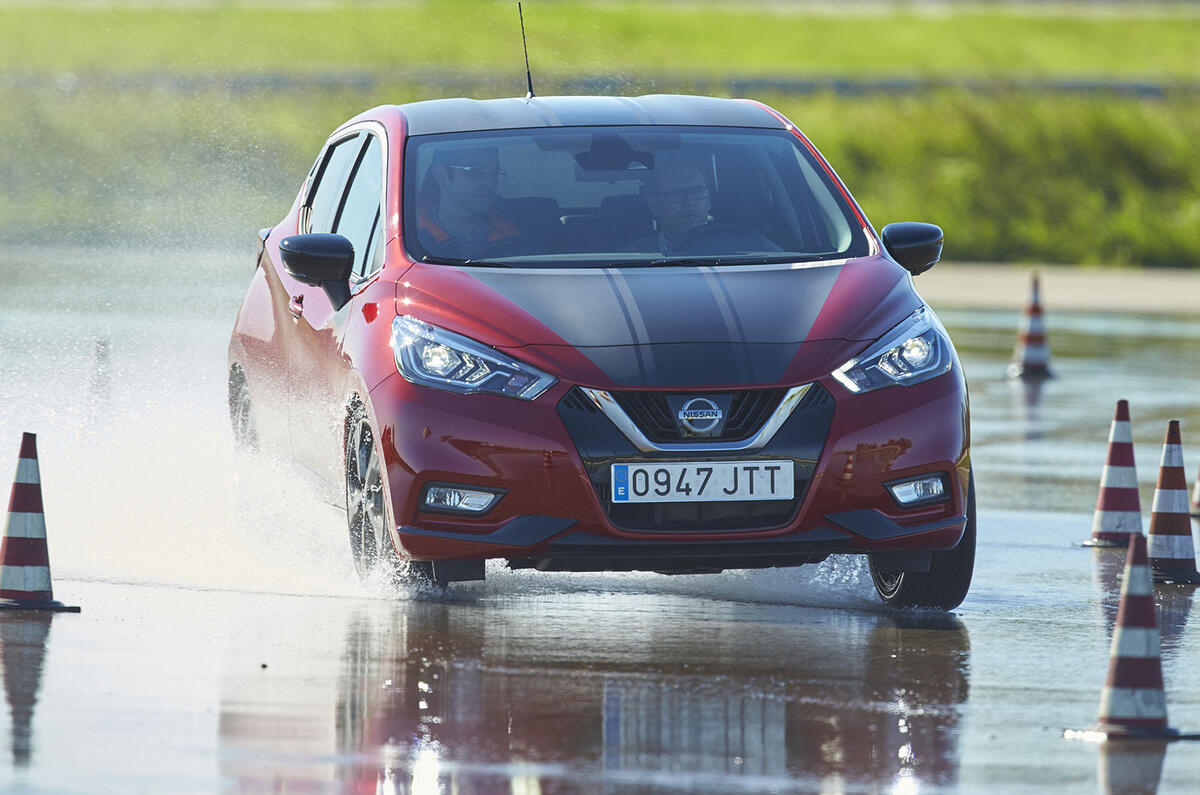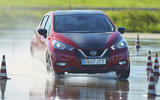What is it?
The Nissan Micra was once so integral to Nissan’s success that there was higher public awareness of the name ‘Micra’ than there was of the word ‘Nissan’.
But, well, the Micra hasn’t exactly had things all its own way of late. For a start, because of the Nissan Qashqai, it’s not so pivotal to the Nissan range. And then came the just-gone-generation Micra, built to sell in major world markets and only given minimal alterations before its arrival in Europe, where the best superminis were far, far better than it. Heck, even the generation-before Micra was better than it.
But now there’s a new Micra, heralded by some pretty bold claims by Nissan that it doesn’t just want to make the Micra competitive with the best in class again; it wants to make the Micra the best supermini on sale. Better than a Ford Fiesta. Better than a Volkswagen Polo. Which means it’ll be better than all the others too. As ambitions go, that’s pretty lofty.
To do it, Nissan hasn’t replaced the Micra’s platform, surprisingly. The Renault-Nissan Alliance is working on a new supermini platform, but making the Micra from it would have delayed the next-generation Renault Clio, so the Micra’s is a thorough re-engineering of the existing V-platform. If you think that’s a worry, don’t. In the shape of the Nissan Note, it already underpins a decent car, so it was the individual execution of the outgoing Micra that was the problem, rather than an indication that the hardware simply wasn’t up to it.
Nonetheless, Nissan has gone to town on it. There is new suspension front and rear and a body that’s unrecognisable from the previous one. The car is now to be built in Europe – a Renault factory in France – rather than Thailand and India, in this made-for-Europe model.
We’ve spent a bit of time in an 89bhp 1.5-litre diesel model and quite a lot of time in an 89bhp 0.9-litre petrol model; both late pre-production cars. Prices will be announced next January - and you can expect them to be competitive with the likes of the Fiesta and Polo, because you can’t price cars anything other than competitively in this class - before the car goes on sale in March.


































Join the debate
Add your comment
What an improvement
I had one of the old ones as
Looks Good in the Metal
Other than that the only issue I have with it is the name. I know Micra is well recognised but surely it also has something of an image problem? Not a deal breaker, though.